顯示第 496 至 504 項結果,共 622 項依最新項目排序
-
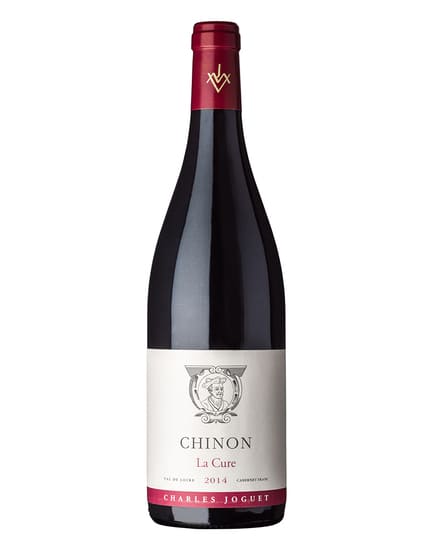
NT$ 1,950
In 1974, two hectares of vines were planted on this gravelly soil on a clay base corresponding to the high alluvial deposits of the Vienne River.
This parcel is located on the left bank, just in front of the church of Sazilly.
Made from the Clos de la Cure vines and a small plot of Clos de la Chapelle – which prevented us from keeping the name “Clos de la Cure” – this cuvée reveals a more assertive character with wines with firmer tannins and a very present nervousness.
Cold skin maceration for 5 days. Vatting lasts more than 15 days at temperatures of 24° to 26°C. Free run wines are blended with the press wines if they are qualitative, as soon as the alcoholic fermentation is over. A dense, tannic and lively wine is then obtained.
The malolactic fermentation takes place in barrels of 3 to 4 wines and 12 months of ageing in barrels will be necessary to refine the tannins and reveal the very subtle aromas of red fruits of this vintage of good ageing.
-
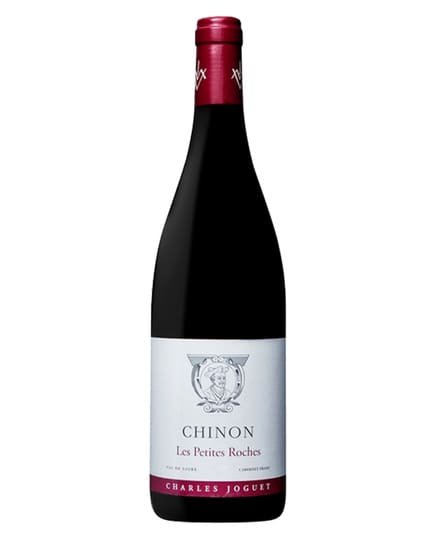
NT$ 1,400
This cuvée is the result of a blend of different plots of land located on the Left Bank of the Vienne River, all with the same soil profile.
The cuvée Les Petites Roches, with its predominantly clay and moderately chalky hillsides and plateaux, offers wines with red fruit aromas with a nice mineral structure, to be enjoyed within five years of the vintage.
This cuvée actually corresponds to our old Jeunes Vignes cuvée, renamed to evoke the gravelly soils of the Vienne valley and their calcareous mother rock and to take into account the ageing and ripening of these vines.
Here, the vinification method is similar to that of the Cuvée Terroir but the selected vines give us greater density and complexity. We use free-run wine (natural flow of the juice after alcoholic fermentation), which gives this cuvée more purity and finesse. The press wine (passage of the marc in the press) is blended with the Cuvée Terroir. Only high quality press wines may, exceptionally, be included in the blend of this cuvée.
All these qualities give the cuvée Les Petites Roches an ageing potential of a few years.
-

NT$ 1,300
The terroir of Beaumont-en-Véron: The ten hectares of vines planted in 1988 on this siliceous plateau located between the Loire and the Vienne constitute the most homogenous batch of the Domaine. Average yield: 45 hectolitres/hectare (hl/ha).
This cuvée comes from the vines of Beaumont-en-Véron, to which we add, according to the vintage, free-run and press wines from the alluvial soils of the left bank of the Vienne. This very special blend gives the cuvée an original harmony between aroma and substance.
A de-stemming without bursting the grapes, a cold skin maceration for 5 days, a rapid start to fermentation, a maximum fermentation temperature of 25°C for 10 days, which can be interrupted before the total transformation of sugars into alcohol, will give a very aromatic wine, greedy with the tannic support of press wines. After devatting, the malolactic fermentation continues in the vat and during the winter, this wine will pass to natural cold.
-

NT$ 1,250
The left bank of the Vienne: On this narrow strip of the former bed of the Vienne, therefore on alluvial soils, twelve hectares of vines planted between 1969 and today are divided between the communes of Anché and Sazilly.
It is obtained by bleeding (removal of a certain quantity of juice) from the different cuvées before the colouring of the must becomes too pronounced.
It ferments very slowly in stainless steel vats at low temperature (15° to 17°C) to preserve all the aromas, an essential character sought after for this style of wine. Malolactic fermentation is not desired: the wine must keep all its freshness.
-
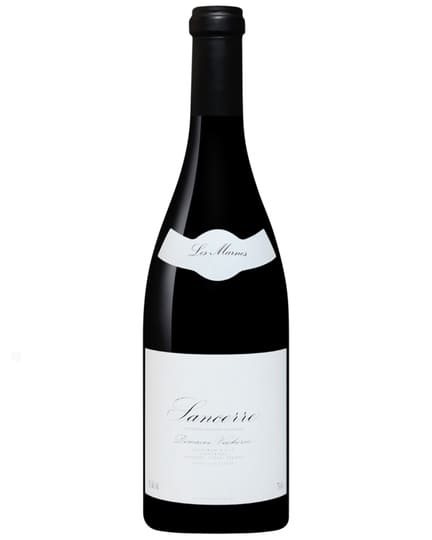
NT$ 5,500
French oak barrels obtained from Domaine de la Romanée-Conti. Aromas of red cherries, slightly spicy. Floral and savoury with mineral notes. Precise and alive.
Complexity that elegantly accompany an extremely long finish. Great with lamb, chicken or even better, with hacis parmentier.
-

NT$ 3,300
It’s amazing how many brilliant Pinos there are in the Sauvignon stronghold of Sancerre! Domaine Vacheron – Sancerre Rouge “Belle Dame” is one of the absolute killers year after year: ultra precise, slightly smoky, herbal flavor, small red berries, noble wood, forest floor, porcini mushrooms and cigar boxes. On the palate, things go on like this: delicate, polished tannin, salty-chalky, great length with a very elegant and light structure.
-
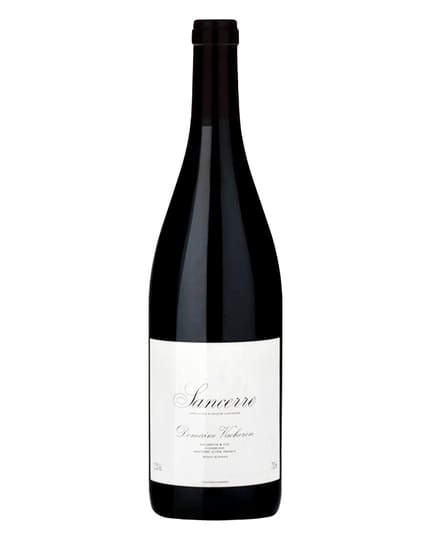
NT$ 2,000
The Sancerre rouge presents itself expressively and excitingly in the nose, as first one perceives clear incense notes, followed by the smell of dried herbs like rosemary, thyme, juniper berry and clove. Floral scents like ivy, nettle and elderflower are also detectable. With the necessary oxygen contact, fine fruit aromas of cherry, cassis and wild raspberry join in, adding a feminine and fruity touch to its cool, distinctive and fresh attack.
Animating and refreshing, it presents itself on the tongue. Clear mineral notes, a fine herbal spice and a stimulating acidity and a moderate alcohol determine the taste picture. A red wine, which harmonizes slightly chilled excellently with aromatic dishes and fish.
-
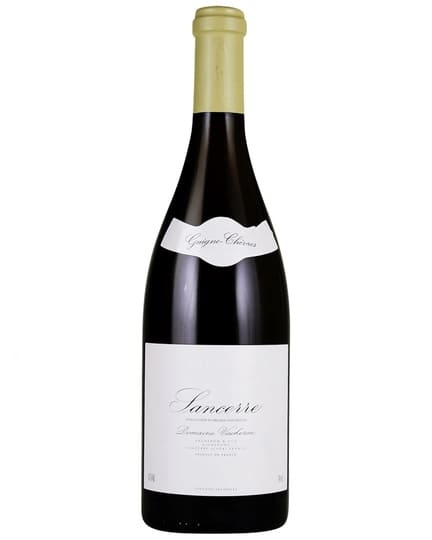
NT$ 2,700
On the palate the Guigne-Chèvres a tightly woven and tense web of bright citrus aromas, herbs and rocky notes, lime zest and white pepper. The acidity is beguilingly present, demanding and punchy, the minerality vibrant, the stoniness and saltiness additionally lively, mouthwatering and delicious. Thereby the Sancerre currently still quite shy and will need a few more years to fully develop. He will definitely need a decade, maybe even a decade and a half.
-
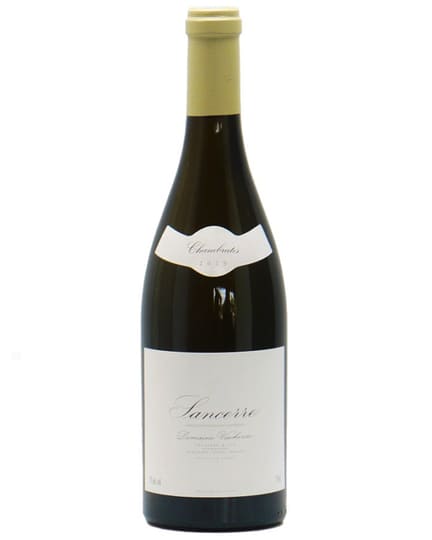
Comparing the 2019 Sancerre Chambrates with his neighbor, the Sancerre Le Paradiswhich comes from a similar, but not the same terroir, the Chambrates a little more yellow-fruited than the more green to light yellow-fruited Le Paradis, just as if a few limes had been taken away and replaced by kumquats and the green apples by yellow ones and maybe even a few slices of apricot. But at the same time also remains the Chambrates on the energetic, pure looking and straight Page.
On the palate, this impression continues seamlessly. The Chambrates is an immensely elegant, delicate and yet pure and demanding Sancerre with pressure and vitality, freshness and deep minerality. Notes of cassis and gooseberry show up here and are interwoven with citrus notes, salt and crisp fresh stone fruit. The Chambrates vibrates with tension, but at the same time seems strong and deep, long and persistent, as sinewy as a long-distance runner. One can easily trust him with this endurance for the next decade.









